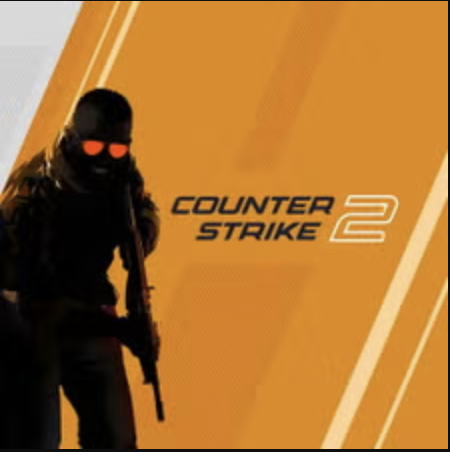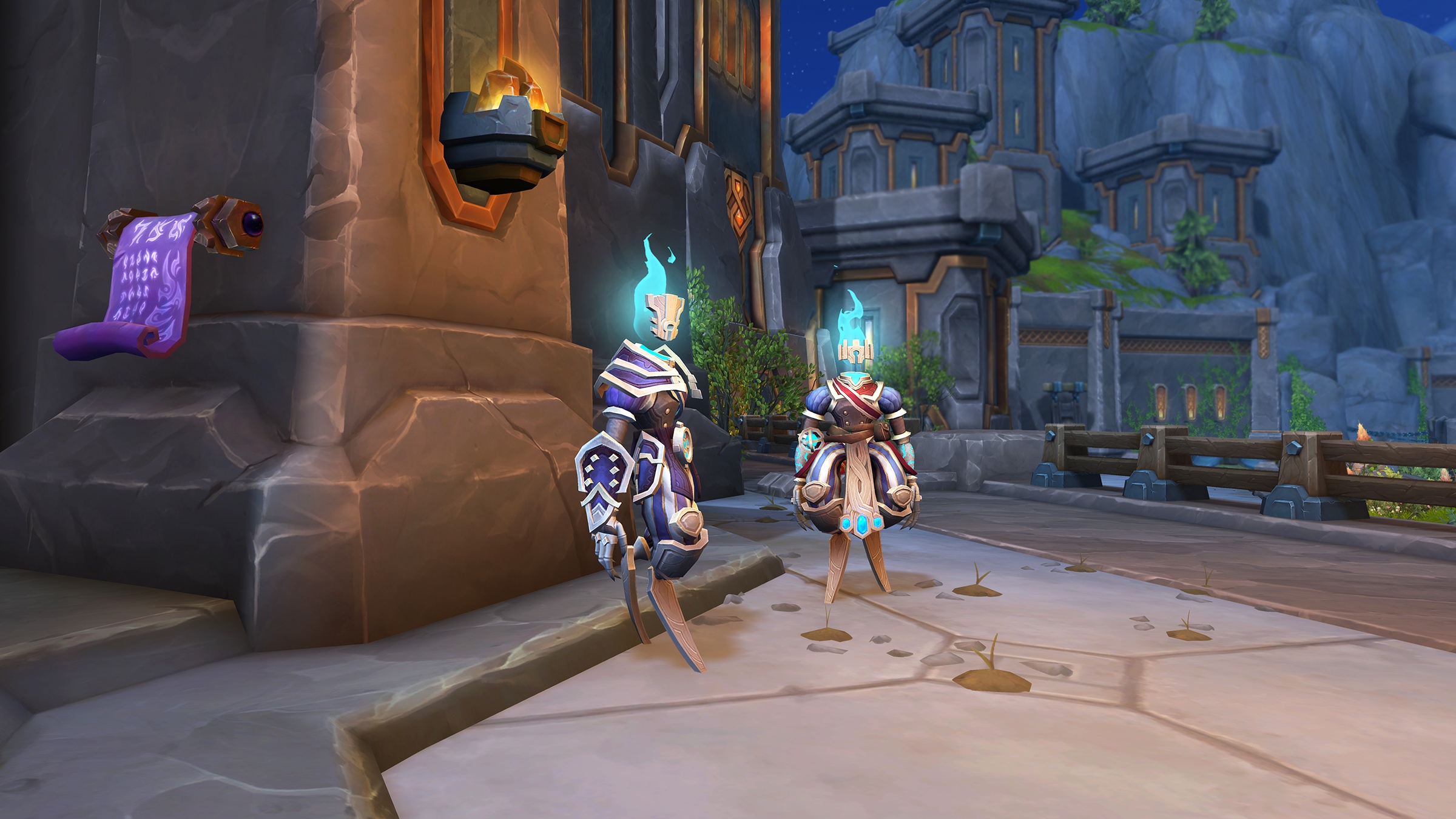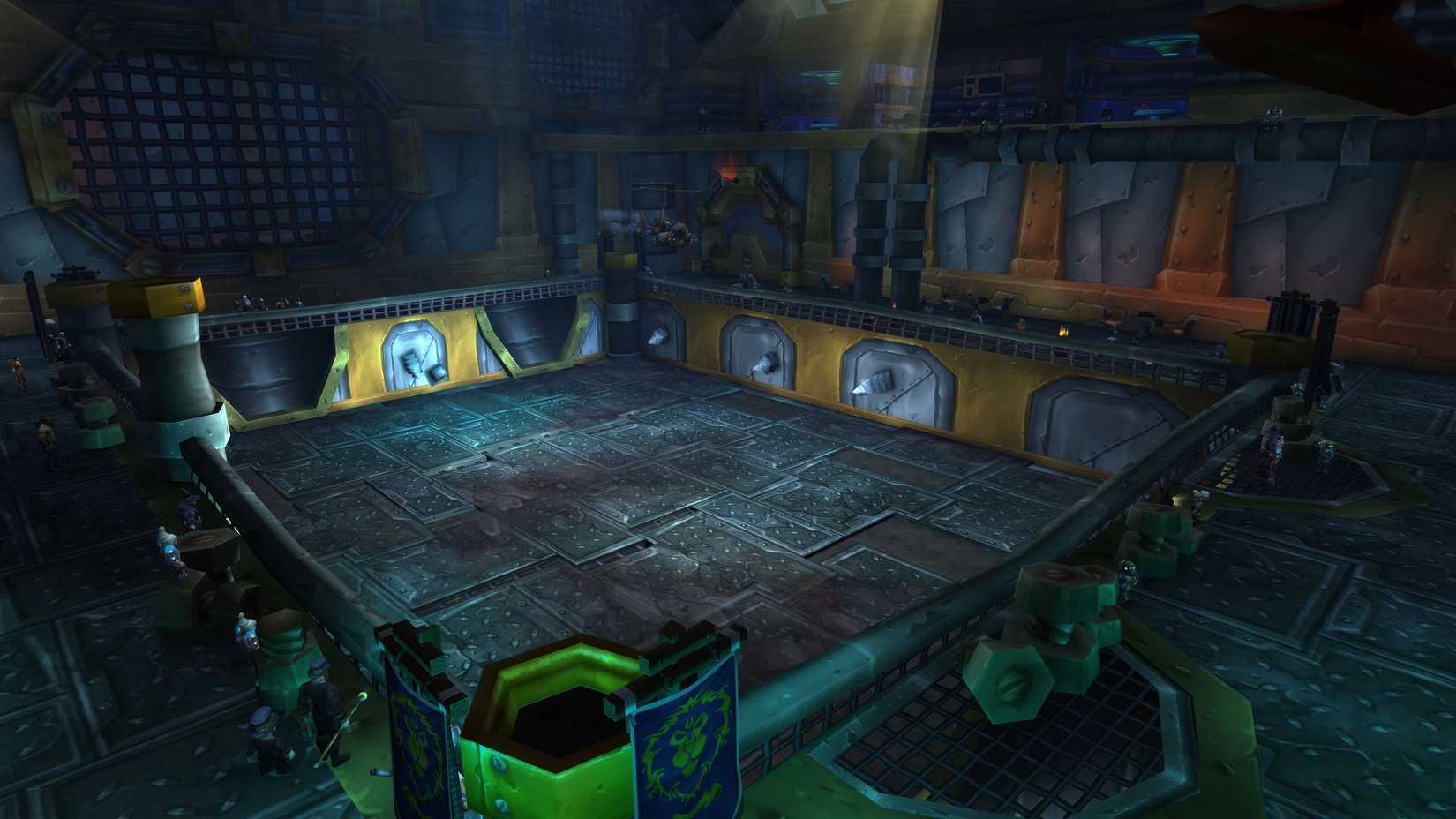A New Era of Challenge: Blizzard to Deprecate Core Combat Addons in Midnight Pre-Patch
Popular Now
 Free Fire Max
Free Fire Max
 Gacha Club
Gacha Club
 Fortnite
Fortnite
 God of War Ragnarök
God of War Ragnarök
 Valorant
Valorant
 Candy Crush Saga
Candy Crush Saga
 League of Legends
League of Legends
 Counter-Strike 2
Counter-Strike 2
 Geometry Dash
Geometry Dash
 Garena Free Fire: Kalahari
Garena Free Fire: Kalahari
 The landscape of high-level gameplay in World of Warcraft is on the precipice of a seismic shift. Blizzard Entertainment has confirmed controversial and wide-ranging changes to the game’s Application Programming Interface (API) that will significantly restrict the functionality of long-standing, arguably essential, combat-related addons, including staples like WeakAuras and the highly popular boss-mod suite, Deadly Boss Mods (DBM). This move, planned for the pre-patch leading into the upcoming Midnight expansion, aims to reset the “addon arms race” and re-center the core challenge of boss encounters within the game’s native design.
The landscape of high-level gameplay in World of Warcraft is on the precipice of a seismic shift. Blizzard Entertainment has confirmed controversial and wide-ranging changes to the game’s Application Programming Interface (API) that will significantly restrict the functionality of long-standing, arguably essential, combat-related addons, including staples like WeakAuras and the highly popular boss-mod suite, Deadly Boss Mods (DBM). This move, planned for the pre-patch leading into the upcoming Midnight expansion, aims to reset the “addon arms race” and re-center the core challenge of boss encounters within the game’s native design.
The announcement has sparked intense debate within the global MMORPG community, pitting the developers’ vision for a fairer, more approachable game against the concerns of veteran players and accessibility advocates. The goal is clear: to ensure success in endgame content—specifically high-level Raids and Mythic+ Dungeons—relies on a player’s knowledge, coordination, and in-game communication, not on third-party tools that can, in effect, “solve” complex encounter mechanics.
The Combat API Lockdown: What is Being Affected?
The core of the matter lies in Blizzard’s decision to move critical, real-time combat data from a public API endpoint to a ‘black box’ system accessible only by the base game client. This shift is a targeted strike against addons that process and present this data to automate decision-making or provide immediate, on-screen prompts for boss mechanics and class rotations. Game Director Ion Hazzikostas has been explicit in interviews: the intent is to preserve aesthetic customization while curtailing “real-time computation that’s used to aid moment-to-moment combat.”
The most severely impacted categories of addons are:
- Boss Mod Alerts (DBM/BigWigs): Addons that rely on reading the combat log or spell casting events to issue precise, timed warnings for boss abilities will lose significant, if not all, of their core functionality. This fundamentally changes how players prepare for and execute complex raid strategies.
- Aura and Cooldown Trackers (WeakAuras, OmniCD, etc.): While some basic visual customization remains, the ability for these powerful tools to read and create custom triggers based on real-time combat events—such as specific buffs, debuffs, or proc conditions on allies and enemies—will be severely limited. This has major implications for spec-specific rotation helpers and essential healing or tanking cooldown tracking.
- Damage Meters: Addons that track and display real-time damage and healing output are also affected, as they rely on the same combat log data stream. Blizzard is, however, implementing its own integrated damage meter to mitigate this loss, a feature requested by the community for years.
The transition is not a blanket ban on all addons. Tools focused on purely cosmetic UI modification, non-combat utilities like quest helpers and gathering trackers, and general Quality-of-Life improvements are expected to remain functional, subject to ongoing development clarifications.
 Blizzard’s Counter-Measures: Built-in Solutions and Encounter Design Philosophy
Blizzard’s Counter-Measures: Built-in Solutions and Encounter Design Philosophy
Recognizing the reliance on these third-party tools, especially in endgame content, Blizzard is concurrently developing and integrating native, in-game replacements. The developer team views this not as an obstacle to players, but as an opportunity to drastically improve the default user interface (UI) and the clarity of encounter design itself.
- The Cooldown Manager: A new, customizable Cooldown Manager is being introduced to provide built-in tracking for key class abilities, resources, and buffs. Early feedback from the Midnight Alpha, however, suggests the system is currently “lackluster” and lacks the granular control and visual feedback players have come to expect from tools like WeakAuras. This is a critical area that requires substantial iteration before the pre-patch launch.
- Improved Encounter Telegraphing: To compensate for the loss of automated alerts, Blizzard has pledged to fundamentally change how they design boss fights. Future encounters will feature clearer visual indicators, better audio cues, and less reliance on near-instantaneous reaction times to obscure mechanics. The development promise includes:
- More clearly telegraphed boss mechanics.
- Hazardous effects and key abilities made visually clearer.
- Group mechanics with slightly longer reaction windows.
- A reduction in overly random ground effects.
- Class and Combat Simplification: The developer team also indicated a desire to simplify certain class rotations and mechanics that have become overly dependent on complex, addon-driven tracking to function optimally. The goal is to make the game’s inherent systems more intuitive for a broader audience.
The Economic and Competitive Impact: The ‘Addon Apocalypse’
The community response has been polarized. On one side, many players hail this as a necessary course correction. The ‘addon arms race’ has for years made high-level content feel inaccessible to players unwilling or unable to spend hours configuring complex UI systems. The requirement of a “WeakAuras setup” for a mythic raid spot or high-key Mythic+ group became a significant, unnecessary barrier to entry. For these players, a more level playing field that rewards skill and game knowledge over third-party software is a welcome change.
On the other side, the outcry from the veteran and competitive segments is substantial. Many view the existing addons as an integral part of the WoW experience, providing a level of customization and accessibility that the base game has historically failed to deliver. The popular sentiment is that Blizzard is dismantling a robust, community-driven ecosystem without a fully comparable alternative ready. Furthermore, there are serious accessibility concerns, as many players with disabilities rely on the advanced visual and auditory cues provided by tools like WeakAuras to effectively engage with the content.
The competitive raiding scene, including the elite Race to World First (RWF) guilds, will be forced to adapt entirely. Their reliance on bespoke, highly optimized WeakAuras strings to execute perfect rotations and pre-plan boss mechanics has been a cornerstone of their success. The next RWF will undoubtedly be a fascinating test of pure mechanical skill and in-house communication, significantly raising the “skill floor” for all top-tier players.
A Controversial Precedent and the Future of UI/UX
It must be noted that Blizzard has “broken” popular addon functionality before, most notably with the single-button dispelling capability of the classic Decursive addon years ago. This current move, however, is the most drastic and broad-reaching change to the combat API in the game’s two-decade history.
 The success of this transition hinges entirely on the quality and responsiveness of Blizzard’s in-house replacements. The community, especially the developers of the soon-to-be-obsolete addons, has offered extensive and valuable feedback. If the default Cooldown Manager and boss encounter telegraphs fail to meet the performance standard set by the community, the “Midnight shock” could lead to significant player dissatisfaction and potentially, a temporary exodus from challenging content. The time to implement a feature-complete replacement is short, as the addon restrictions are anticipated to arrive as early as the Midnight pre-patch, mere months away.
The success of this transition hinges entirely on the quality and responsiveness of Blizzard’s in-house replacements. The community, especially the developers of the soon-to-be-obsolete addons, has offered extensive and valuable feedback. If the default Cooldown Manager and boss encounter telegraphs fail to meet the performance standard set by the community, the “Midnight shock” could lead to significant player dissatisfaction and potentially, a temporary exodus from challenging content. The time to implement a feature-complete replacement is short, as the addon restrictions are anticipated to arrive as early as the Midnight pre-patch, mere months away.
The future of World of Warcraft’s UI and player experience is undeniably in the hands of the developers. They are taking a bold, high-risk step to reclaim control over their game’s challenge and accessibility, and the community is watching closely to see if they can deliver a default experience that renders the old, powerful combat addons truly unnecessary.






